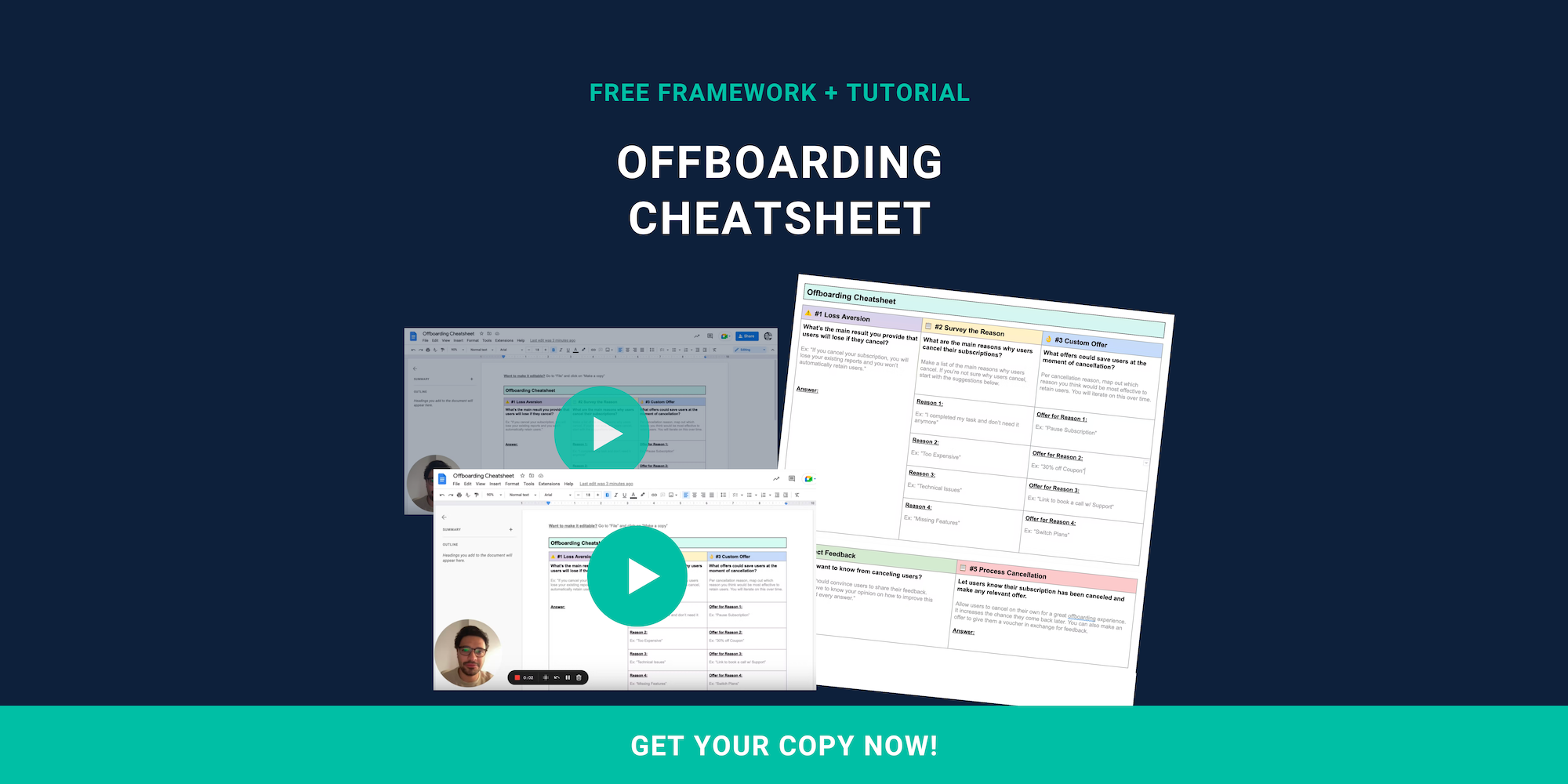SaaS pricing models can make or break startups. Few things impact revenue as much as your pricing. To reduce churn and drive customer retention, you must devise a SaaS pricing strategy that fires on all cylinders. Unfortunately, many SaaS startups fail to offer a compelling price structure. This is often because they do not dedicate enough time to the issue.
The average software-as-a-service startup only spends six hours on its pricing strategy. That’s not once a week or month. We are talking about a total of six hours from the very beginning. This is a staggering statistic that provides weight to the problem at hand. SaaS companies are neglecting the importance of implementing effective pricing strategies.
This oversight is coming at the expense of customer acquisition and retention. If you want to attract and retain SaaS customers, you must offer a compelling price structure. When it comes to SaaS solutions, there is no one-size-fits-all approach to pricing. Before deciding on a pricing structure, you should consider the full range of pricing models being utilized by SaaS startups.
We will be exploring the following questions:
- What are SaaS pricing models?
- How do I price my B2B SaaS?
- What is the best SaaS pricing strategy?
- Are software pricing models effective?
- What is the most successful SaaS price model?
After reading this guide, please do not hesitate to contact us if you have any further questions on SaaS pricing models. We are always happy to answer any questions that relate to building a successful pricing structure. With years of experience working alongside SaaS companies of all sizes, we are well-equipped to support you. Now is the time to nail down your pricing strategy.
Without wasting any time, let’s dive straight in.
What are SaaS pricing models?
Finding the right pricing model is all about striking a careful balance between value and revenue. Undercharging for your services could throttle growth potential and impair your startup’s ability to scale. To get the most out of your SaaS offering, there are seven SaaS pricing models you need to consider. Let’s conduct a quick breakdown of each pricing model.
Flat-Rate Pricing
Flat rate pricing is perhaps the most straightforward way to provide a SaaS solution. You offer a single product for a set price. It’s really that simple. This could potentially come in the form of a single monthly subscription fee. The model can be easy to market. However, with flat-rate pricing, you are given one shot to secure a customer - with no wiggle room in the pricing.
Usage-Based Pricing
We’ve all heard of the pay-as-you-go pricing model. This can be applied to SaaS offerings. With customers only paying for what they use, the price is scalable alongside usage. This can help to reduce barriers to use. It can be harder to predict revenue with usage-based pricing. Also, this pricing model could disconnect value from the product or service.
Tiered Pricing Strategy
While flat-rate and usage-based pricing has its place, these models are relatively uncommon in the SaaS world. Instead, many SaaS companies prefer to operate under a tiered pricing model. This provides customers with the freedom and flexibility to select from multiple packages. Each of these packages will include a range of features at different price points.
Per-User Strategy
If you take a moment to browse through several SaaS pricing pages, you will quickly realize that per-user pricing (otherwise known as per-seat pricing) has become a very popular SaaS pricing model. A single user is required to pay a fixed monthly fee. If you add a second user, the price will double. If you add a third user, the price will treble. This is a simple and direct pricing model.
Per-Active-User Pricing
This is a variant of the per-user pricing model. Per-active-user pricing encourages customers to sign up as many users as possible with the safeguard of only paying for active users. This can prove to be ideal for SaaS companies with yearly billing cycles. While this model works well for large organizations, per-active-user pricing doesn’t offer many incentives for SMBs.
Per-Feature Pricing
The value metrics for a pricing model can differ based on the priorities of a SaaS company. For instance, while users can be a common variable, others choose to instead use features as their value metric. This can provide users with a strong upgrade incentive - with the ability to unlock additional functionality. However, the model is difficult to crack without discouraging adoption.
Freemium Business Model
With the freemium business model, you provide a free-to-use product, supported by paid plans and packages to enhance the core offering. Sometimes, the freemium model can be used as part of a tiered pricing strategy - with the free-to-use product acting as the entry-level tier. While it’s a foot in the door, freemium can squash your revenue ambitions and squander growth.
How do I price my B2B SaaS?
B2B businesses are going to be familiar with all seven of these SaaS pricing models. When it comes to developing your SaaS pricing strategy, you must balance value and revenue. The target customer should be at the forefront of your thought process on pricing. What type of models will they respond to? You could run focus groups and other activities to explore this.
What is the best SaaS pricing strategy?

Software pricing models can vary in their effectiveness. Ultimately, it all comes down to your ability to balance value and revenue. If you can find the sweet spot, this will shape up to be a compelling offering for prospective customers. Pacific Crest's annual SaaS survey found that per-user pricing is the most popular pricing model used by software-as-a-service companies.
Once you’ve established a clear pricing strategy, you should turn your attention to driving customer retention and preventing churn. Try Raaft for free today.

Offboarding Cheatsheet
This framework + video tutorial will help you design a better cancellation process.
Some of our featured articles

Adam Crookes

Adam Crookes
Customer Success insights in your inbox
Helping Founders and Customer Success Managers handle customer retention effectively.
We will only ever send you relevant content. Unsubscribe anytime.

